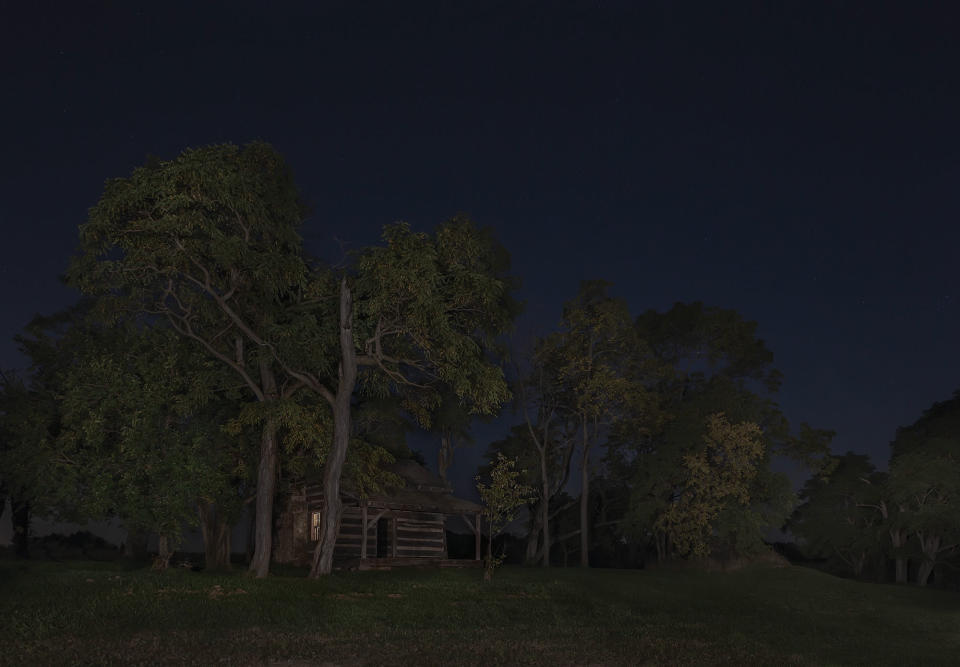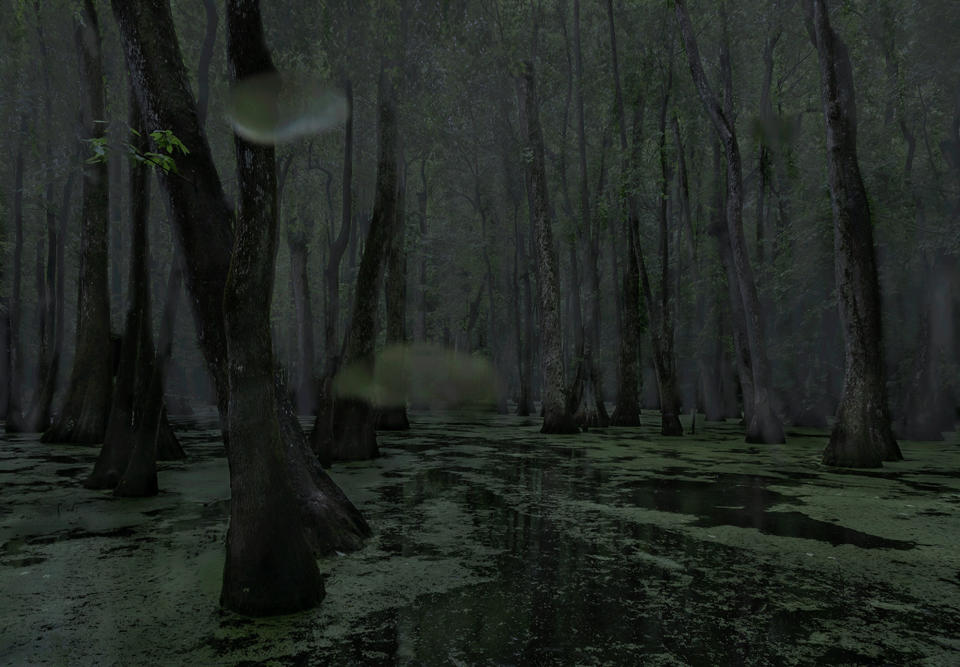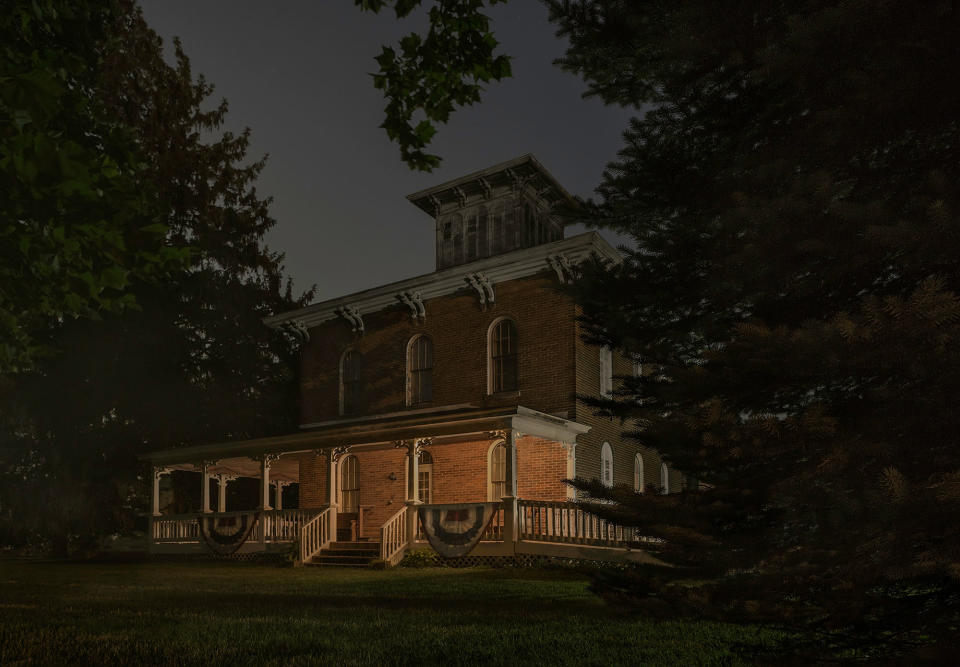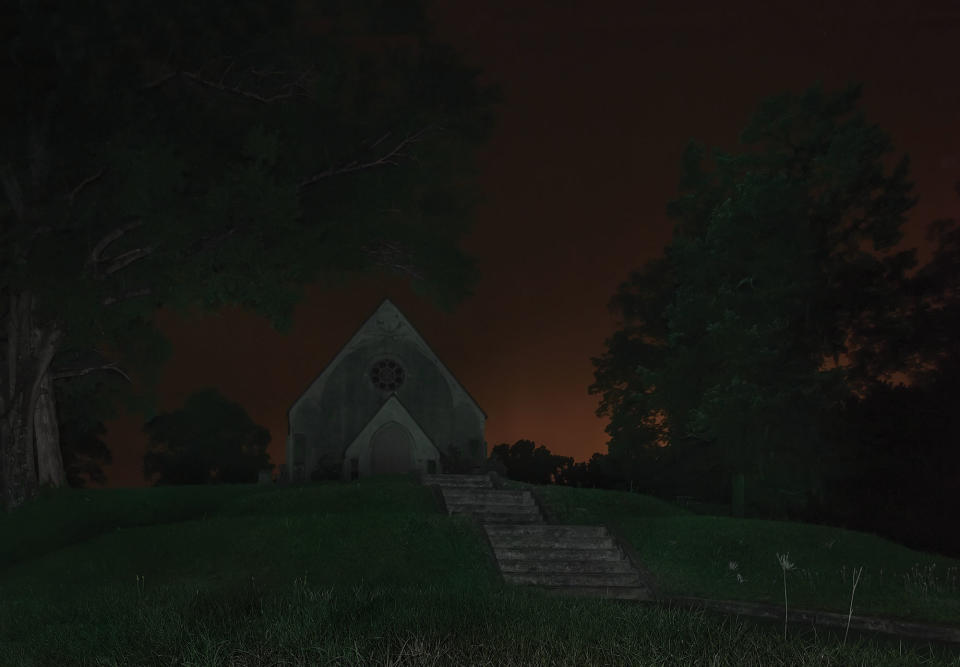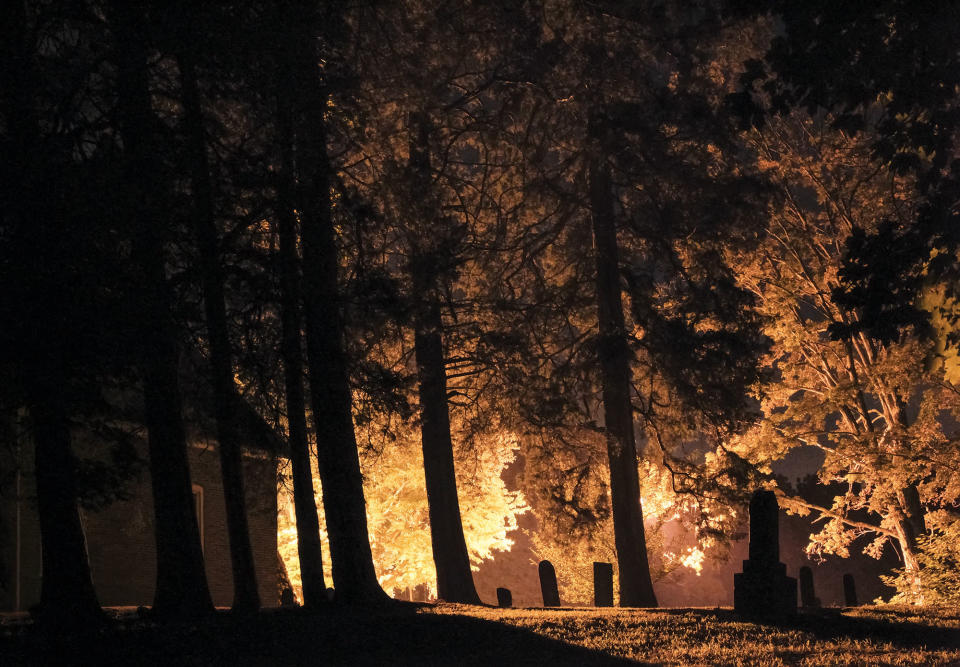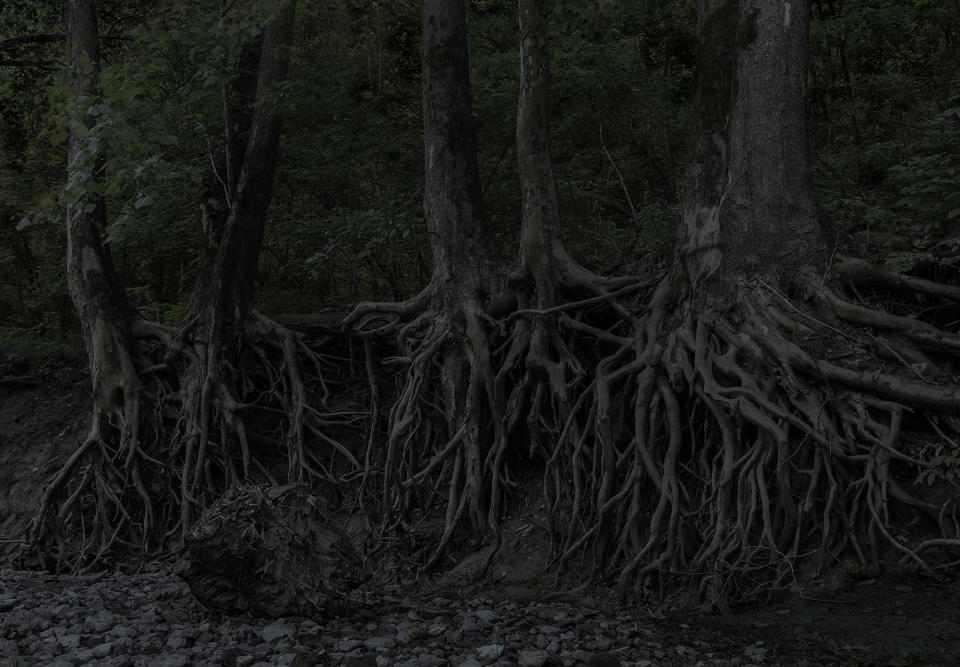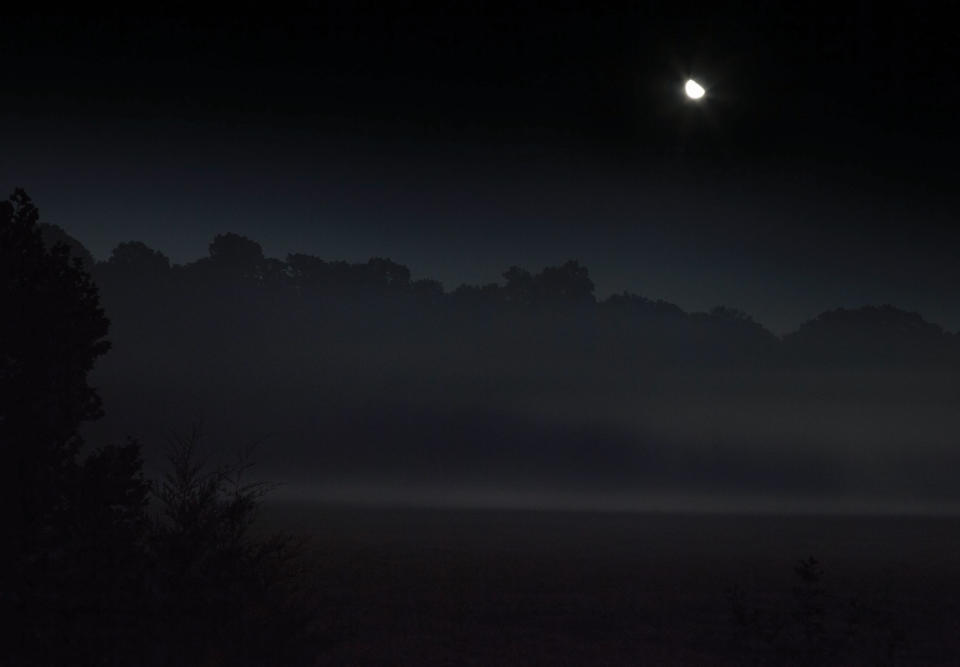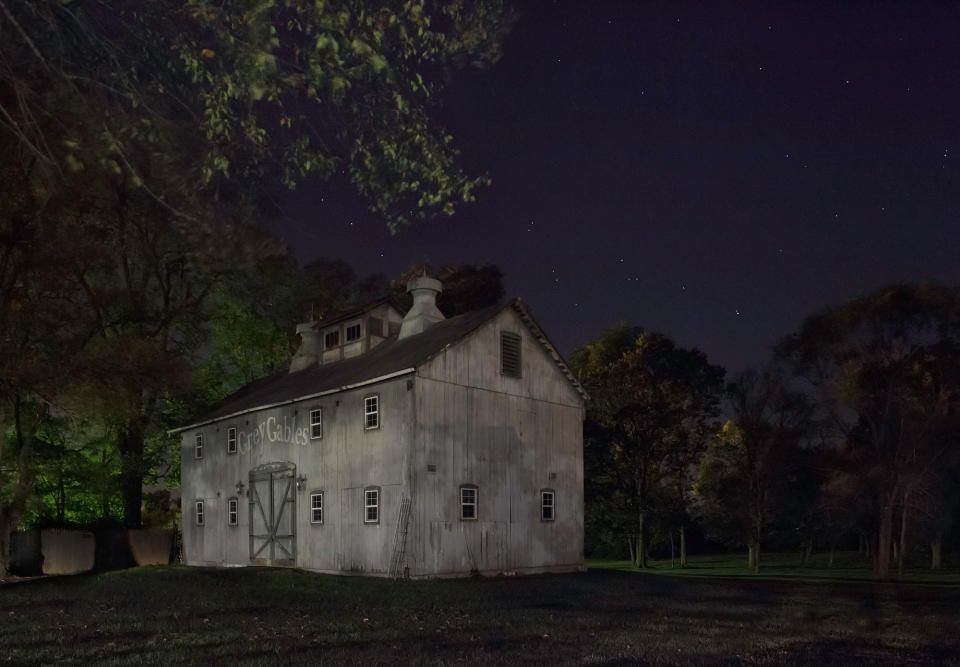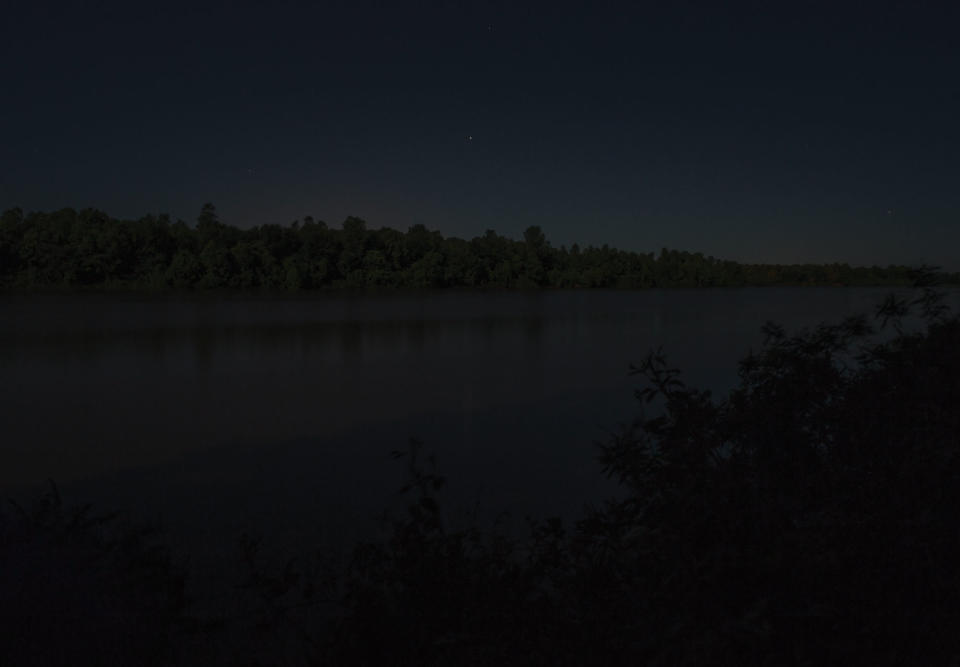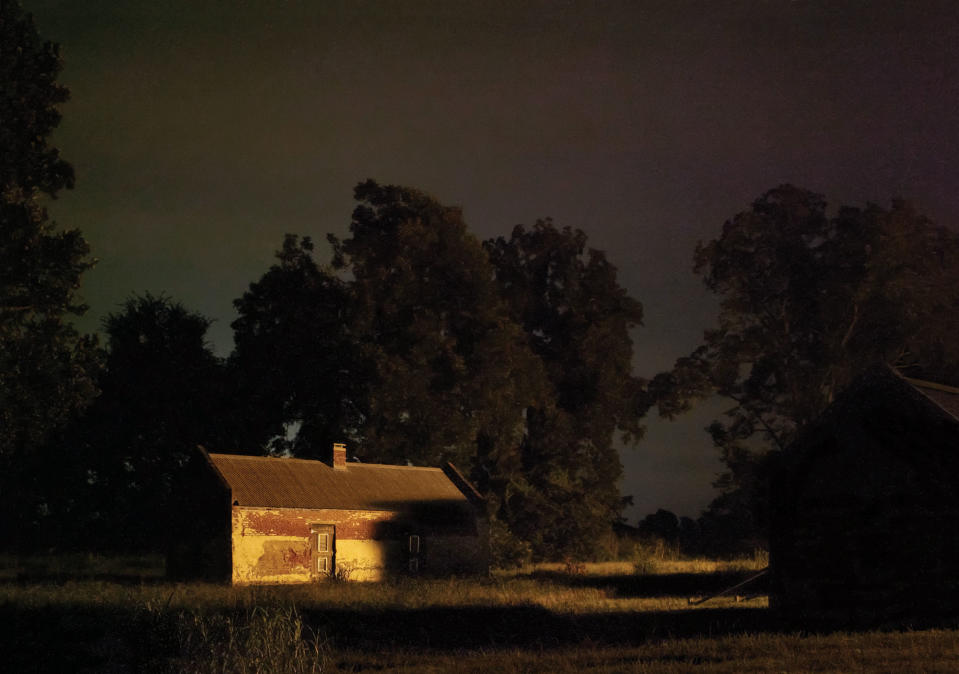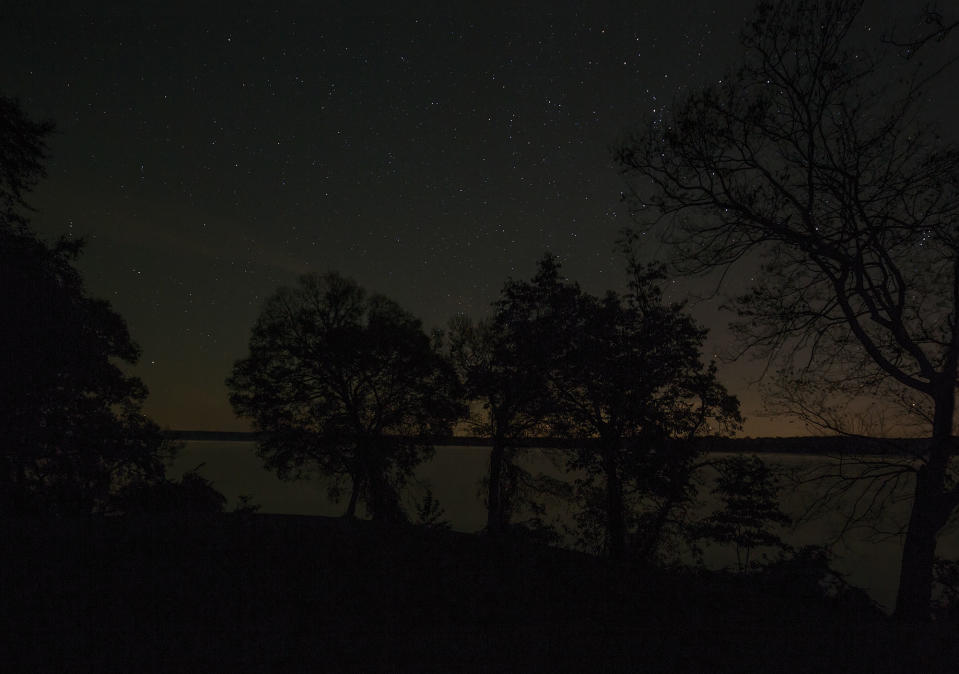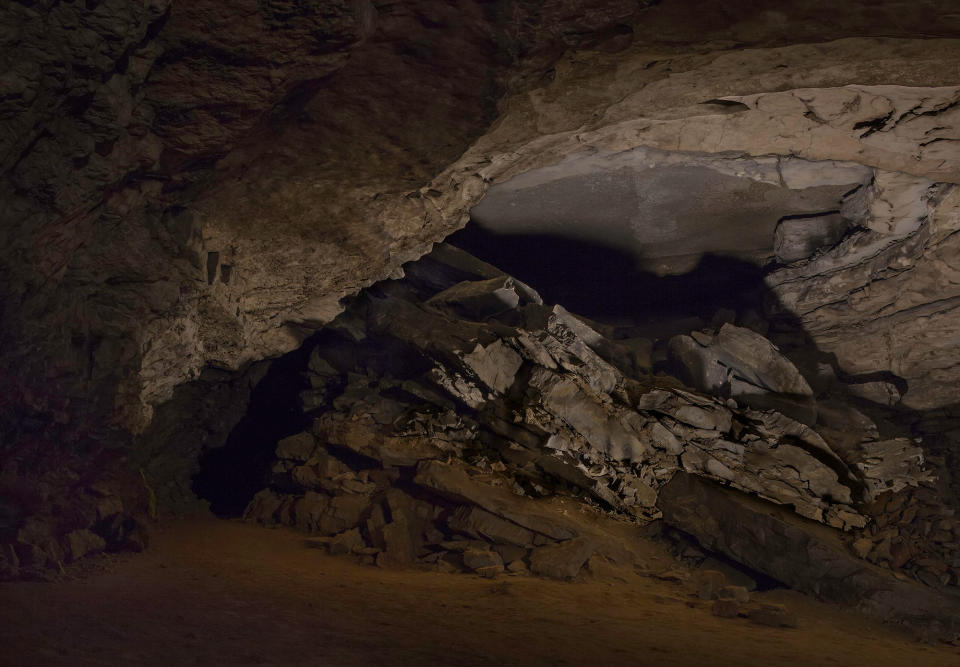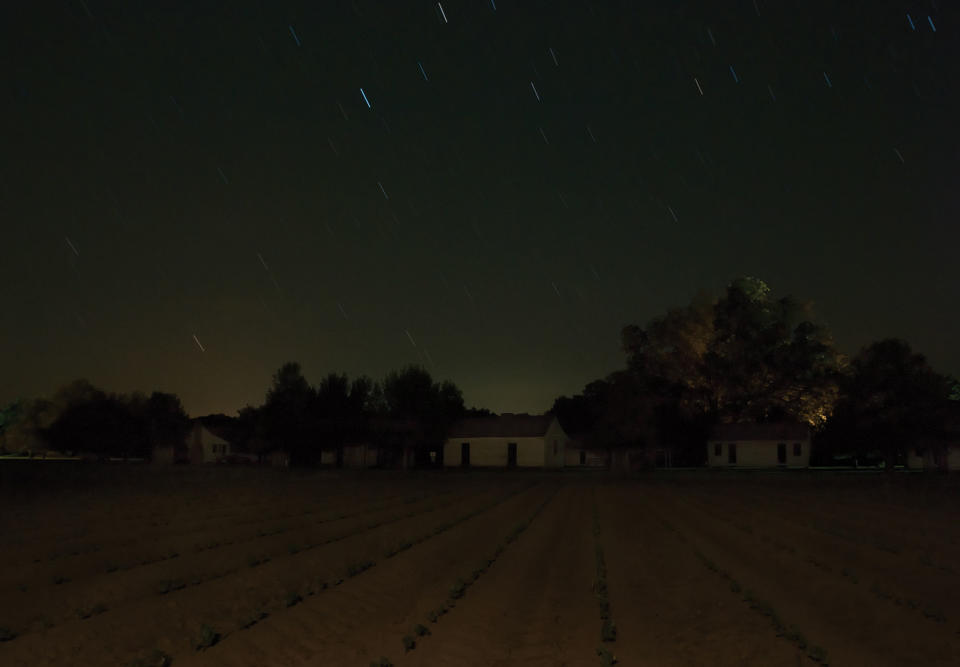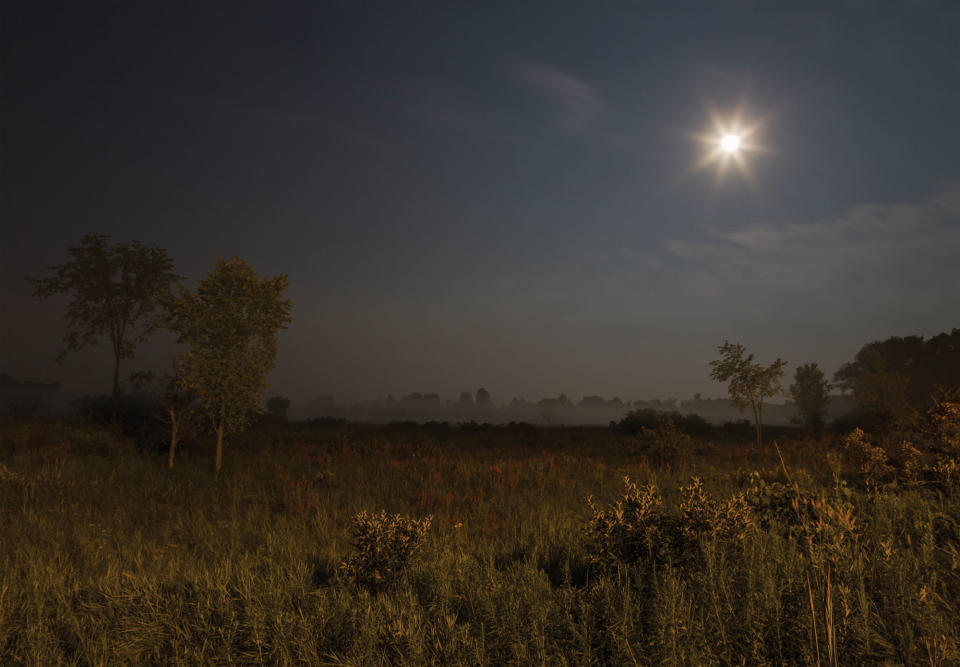Through darkness to light: Photographs along the Underground Railroad
“The Underground Railroad has been described as the first civil rights movement in the United States because it blurred racial, gender, religious, and socioeconomic lines and united people in the common cause of ending the injustice of slavery.”– Andrew J. Young (from the book foreword)
_____
They left in the middle of the night — often carrying little more than the knowledge to follow the North Star. In the decades prior to the Civil War in 1865, an estimated one hundred thousand slaves became passengers on the Underground Railroad, a journey of untold hardship, in search of freedom.
In “Through Darkness to Light: Photographs Along the Underground Railroad,” a traveling exhibition which opened June 23 at the Griot Museum of Black History American photographer Jeanine Michna-Bales presents a remarkable series of images taken in the dead of night that reveal historical sites, cities and places that freedom-seekers passed through, including homes of abolitionists who offered them sanctuary.
Michna-Bales‘ haunting photographs follow a route from the cotton plantations of central Louisiana, through the cypress swamps of Mississippi and the plains of Indiana, north into Canada — a path of nearly fourteen hundred miles. They evoke the constant fear these night travelers must have felt of being killed or recaptured as they traversed harsh terrain and ominous river crossings guided from one secret, safe location to the next by the ever-changing clandestine group known as the Underground Railroad. The culmination of a ten-year research quest, “Through Darkness to Light” imagines an epic journey to liberty as it might have appeared to any freedom seeker.
Framing the powerful visual narrative in the accompanying book is an introduction by Michna-Bales; a foreword by noted politician, pastor, and civil rights activist Andrew J. Young; and essays by historian and author Fergus M. Bordewich; Robert F. Darden, a professor of journalism, public relations, and new media at Baylor University; and Eric R. Jackson, author and associate professor of history and director of the Black Studies Department at Northern Kentucky University. The photographs in the monograph are punctuated by the powerful voices and testimonies of slaves and abolitionists, including Frederick Douglass and Harriet Tubman, as well as excerpts from African-American spirituals that evoke freedom and escape.
A slave referred to as “William, Slave and Half Brother to a United States Senator” is quoted as saying:
“The man I called ‘Master’ was my half brother. My mother was a better woman than his, and I was the smartest boy of the two, but while he had a right smart chance at school, I was whipped if I asked the name of the letters that spell the name of the God that made us both of one blood.“
Harriet Tubman, who saved dozens of slaves while risking her own freedom is quoted as observing:
“I looked at my hands to see if I was the same person now I was free. There was such a glory over everything, the sun came like gold through the trees, and over the fields, and I felt like I was in heaven.”
Jeanine Michna-Bales is a Dallas-based photographer whose work explores the relationships between what has occurred, or is occurring, in society and how people react to those events. She meticulously researches each topic — considering different viewpoints, causes and effects, and political climates — and often incorporates found or archival text and audio into her projects. Images from her Underground Railroad series have appeared in group shows around the U.S., including “Moving Walls 23: Journeys” at Open Society Foundations in New York City and “Southern Exposure: Portraits of a Changing Landscape” at MOCA, Jacksonville, Fla. Michna-Bales was most recently awarded the 2016 Documentarian of The American South Collection Award from the Archive of Documentary Arts at Duke University. She was given the top Portfolio Review Prize at PhotoNOLA 2015, resulting in a solo show at the New Orleans Photo Alliance Gallery during PhotoNOLA 2016. She was also part of Critical Mass Top 50 of 2014, among other honors.
The book is available at Princeton Architectural Press.
Through darkness to light by Jeanine Michna-Bales traveling exhibit on view June 23 – August 11, 2017 at The Griot Museum of Black History in St. Louis, Mo.
See more news-related photo galleries and follow us on Yahoo News Photo Twitter and Tumblr.

